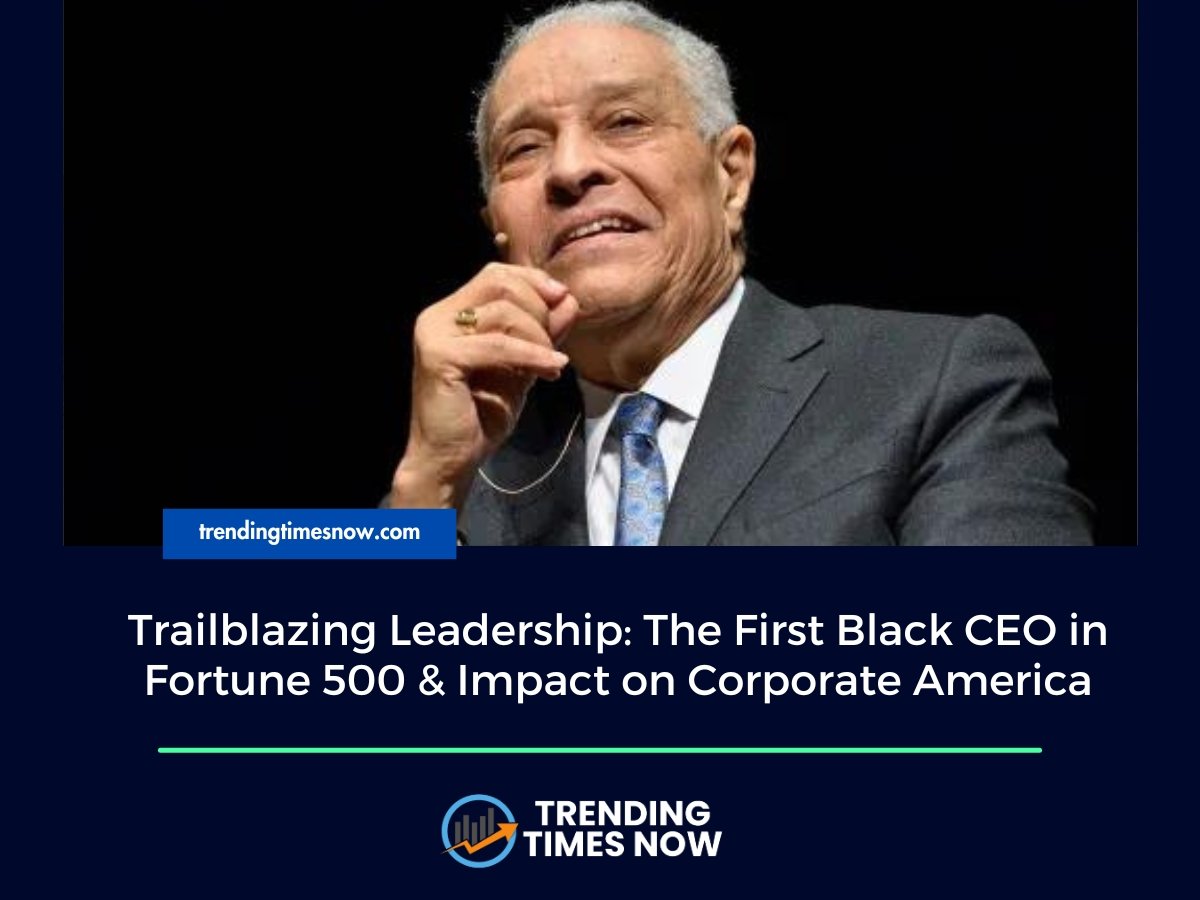In 1987, a monumental shift occurred in the corporate world. Dr. Clifton R. Wharton, Jr. became the first Black CEO of a Fortune 500 company, TIAA-CREF, marking a significant milestone in the journey toward diversity and inclusion in the highest echelons of corporate America. This achievement not only shattered a glass ceiling but also set the stage for future leaders of color in the business realm.
TIAA-CREF, a leading provider of financial services, witnessed transformative leadership under Dr. Wharton. His tenure exemplified how diverse leadership could bring about innovative perspectives and drive substantial growth in an organization, challenging the status quo and paving the way for future generations.
The significance of Dr. Wharton’s appointment cannot be overstated. It represented a beacon of hope and a source of inspiration for countless professionals of color striving for recognition and advancement in their careers. The impact of this pioneering achievement extended beyond TIAA-CREF, sending ripples through the corporate world and highlighting the need for more inclusive representation at all levels of management.
Despite this groundbreaking achievement, the road to diversity and inclusion in corporate leadership has been slow and fraught with challenges. The number of Black CEOs in Fortune 500 companies has remained disproportionately low, underscoring the need for continued efforts to foster diversity and create equitable opportunities for all talented individuals, regardless of their background.
However, the landscape is gradually changing. The appointment of Ursula Burns as the CEO of Xerox in 2009 marked another historic moment, as she became the first Black woman to lead a Fortune 500 company. Her leadership further demonstrated the invaluable contributions that diverse leaders can make, challenging stereotypes and inspiring a new generation of women and minorities to aspire to leadership roles.
The journey of the first Black CEO in Fortune 500 history is not just a story of individual achievement but a testament to the broader struggle for equality and representation in corporate America. It highlights the importance of breaking down barriers and creating an environment where talent, irrespective of race or gender, is recognized and nurtured.
As we reflect on the milestones achieved and the challenges that remain, it’s clear that the path toward diversity and inclusion is ongoing. The legacy of trailblazers like Dr. Wharton and Ursula Burns serves as a powerful reminder of what is possible when companies embrace diversity as a strength, paving the way for a more inclusive and equitable corporate world.







